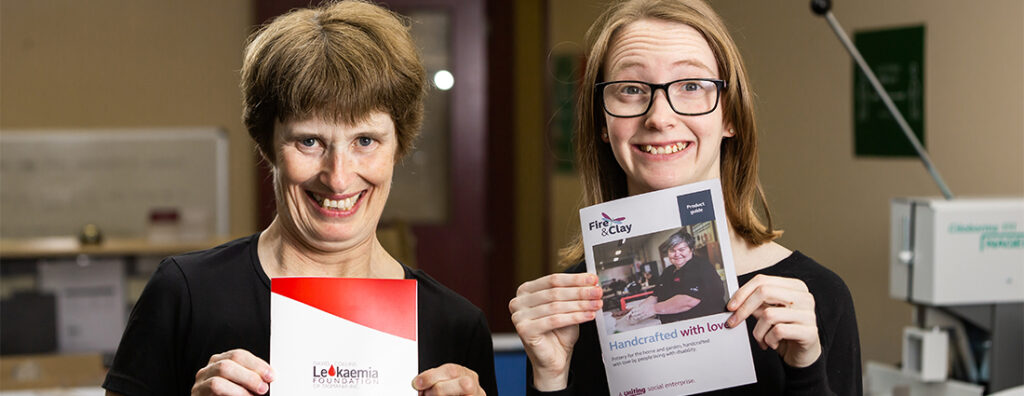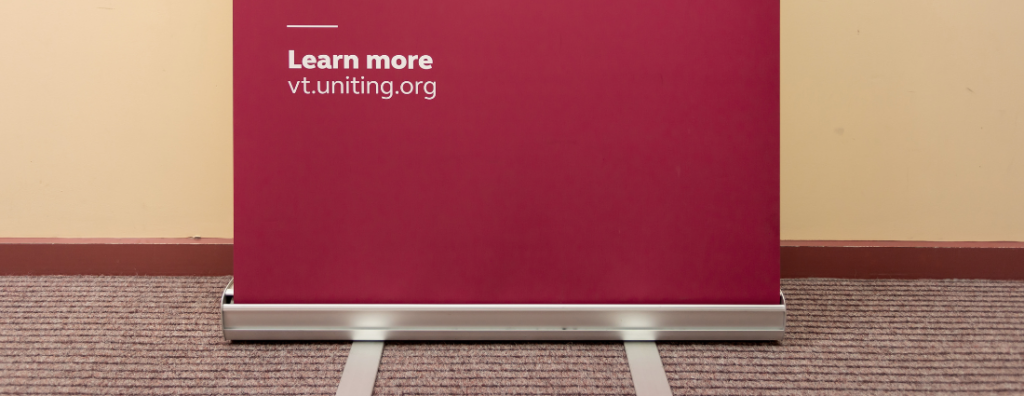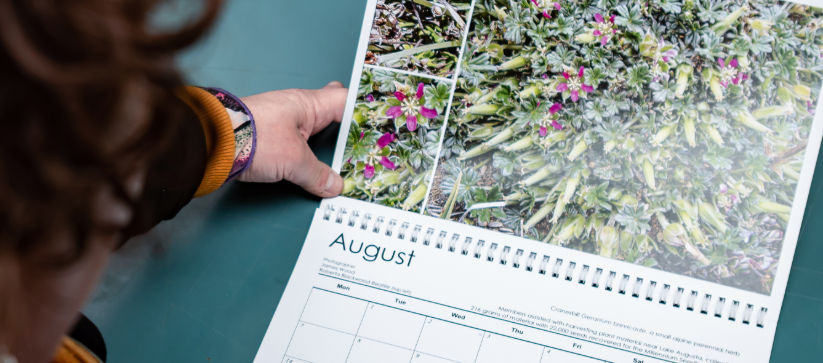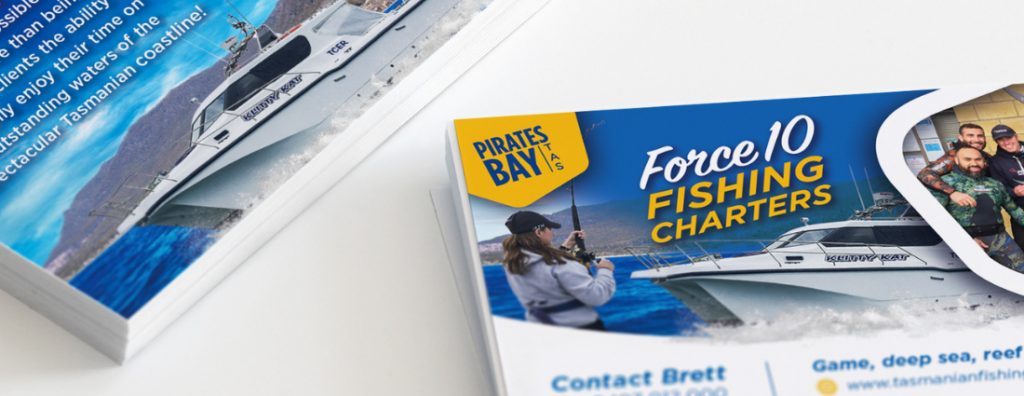If you’re looking for a portable way to market your business or announce your presence, a pull-up banner is a convenient and …
Cart.
Exploring the world of paper types: uncoated, recycled, silk, and cast coat.
Published
October 31, 2023

When it comes to selecting paper for your printing projects, the choices can be overwhelming.
Each paper type has unique characteristics, making it suitable for specific applications. Here we’ll delve into four popular paper types. By understanding their attributes, you can make informed decisions to ensure your print materials shine.
- Uncoated
Uncoated paper, as the name suggests, lacks any coating on its surface. This is the same texture of paper you might put in a copy machine. It’s a popular choice for various applications due to its natural and versatile qualities.
- Provides a natural, tactile feel that’s perfect for books, business cards, and invitations.
- Absorbs ink well, offering a matte finish that’s easy to read.
- Ideal for projects where you want a vintage or rustic aesthetic.
- Colours may appear less vibrant compared to coated papers.
- Less resistant to wear and tear, making it less suitable for high-touch materials.
- 100% recycled
With the growing emphasis on sustainability, recycled paper has gained popularity. It’s made from post-consumer waste or pre-consumer waste from manufacturing processes. While most of our other paper types are at least 50% recycled, we do offer the option of 100% recycled as well.
- Environmentally friendly choice, reducing the need for virgin wood pulp.
- Suitable for a variety of projects, from brochures to packaging.
- Comes in various finishes, offering versatility.
- Quality may vary depending on the source and production process.
- Some recycled papers may have a speckled appearance due to the mix of fibres.
- Silk
Silk paper strikes a balance between matte and gloss finishes. It’s a go-to choice for many photography and marketing materials.
- Offers a subtle sheen that enhances image vibrancy without the glare of glossy paper.
- Colours appear vivid and sharp, making it great for promotional materials.
- Resistant to fingerprints and scuff marks.
- Not suitable for applications where a completely matte or completely glossy finish is desired.
- Cast coat
Cast coat paper, often used in high-end applications, has one surface that shimmers and adds a touch of elegance to print materials, while the other side is uncoated.
- Provides a luxurious and reflective finish that’s perfect for premium brochures, invitations, and posters.
- Enhances the vibrancy and depth of colours, making images and graphics pop.
- Resistant to fingerprints and smudges.
- Higher cost compared to other paper types.
- May not be suitable for projects where a more understated look is desired.
Choosing the right paper for your project
Selecting the right paper type is crucial to achieving your desired look and feel for your printed materials. Consider the following factors when making your decision:
Purpose: what is the primary purpose of your project? Is it for marketing, branding, informational, or artistic purposes?
Budget: keep your budget in mind, as some paper types can be more expensive than others.
Visual Aesthetic: think about the look you want to achieve. Do you prefer a matte, glossy, or textured finish?
Environmental Concerns: if sustainability is a priority, opt for recycled or eco-friendly paper options.
Printing Method: the printing method used can also influence your paper choice. You may need some further consultation if your project is complicated.
Choosing the right paper type for your printing project can greatly impact its overall quality and effectiveness. Uncoated, recycled, silk, and cast coat papers each offer distinct characteristics that cater to various needs and preferences. By considering your project’s purpose, budget, and desired visual aesthetic, you can make an informed decision and create printed materials that leave a lasting impression.
Related News
A guide to binding methods: Wire bound, stapled, and perfect binding
When it comes to presenting printed materials, choosing the right binding method can significantly impact the overall look, feel, and functionality of …
Matte vs. gloss lamination: choosing the right finish.
If you want your work to have an impact, every detail matters. One decision that can have a significant impact is …


